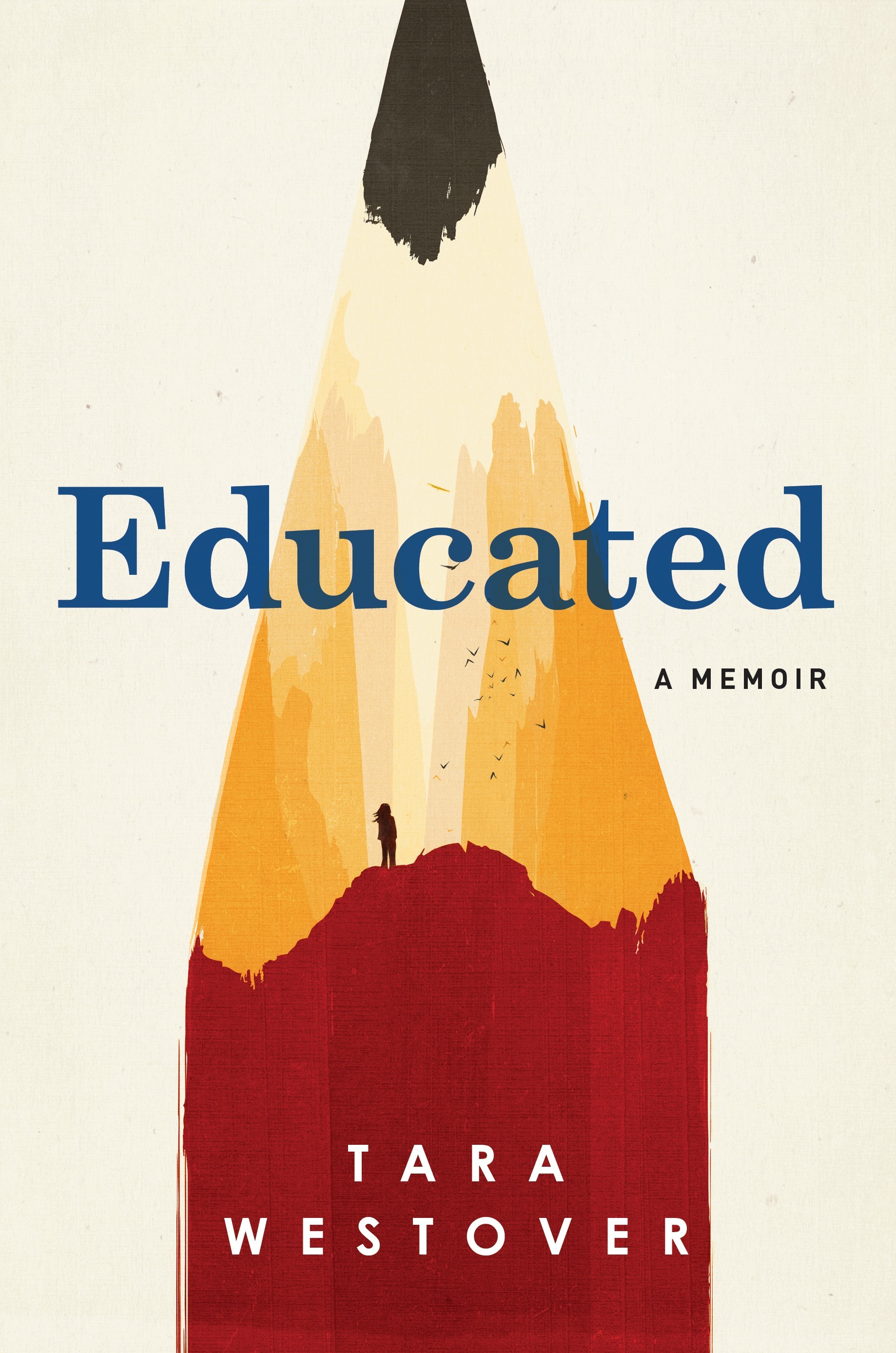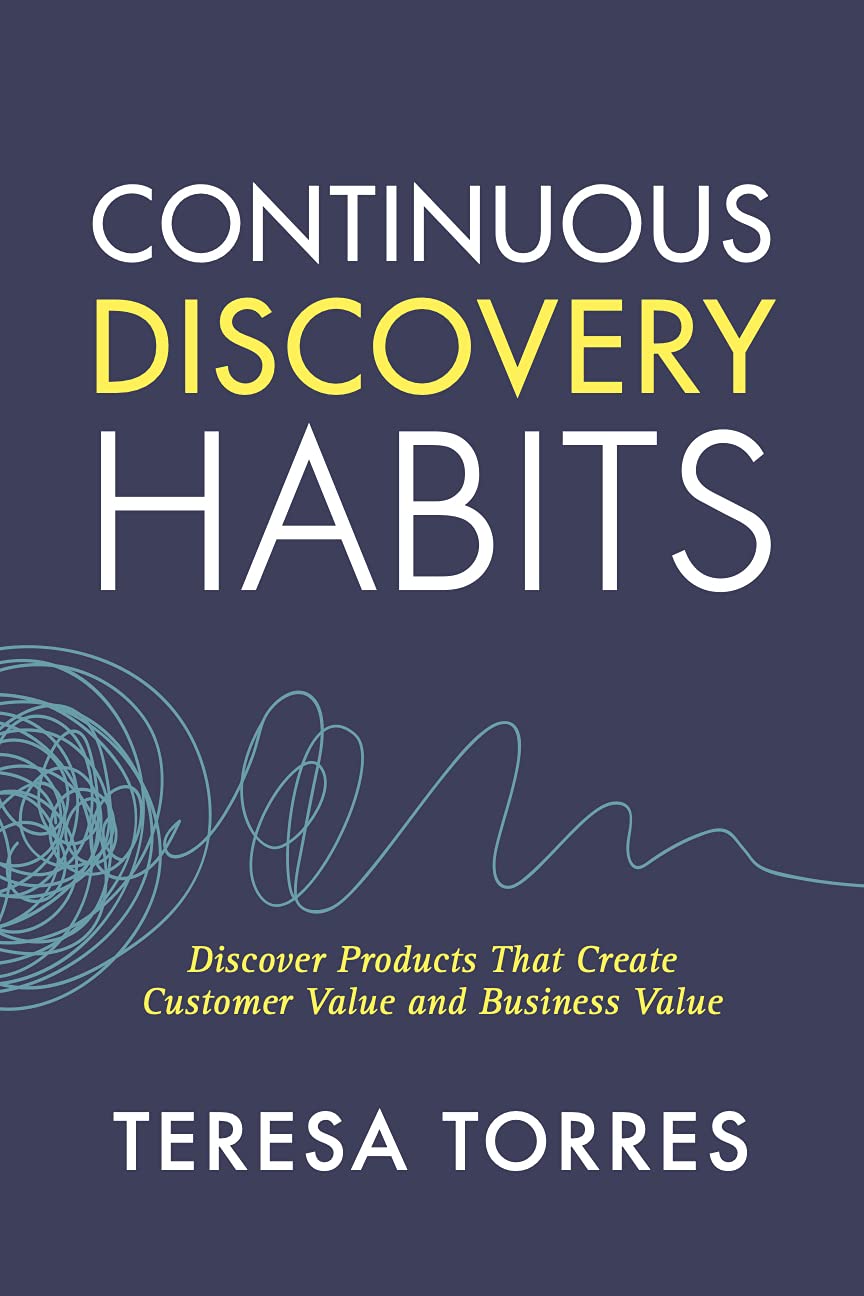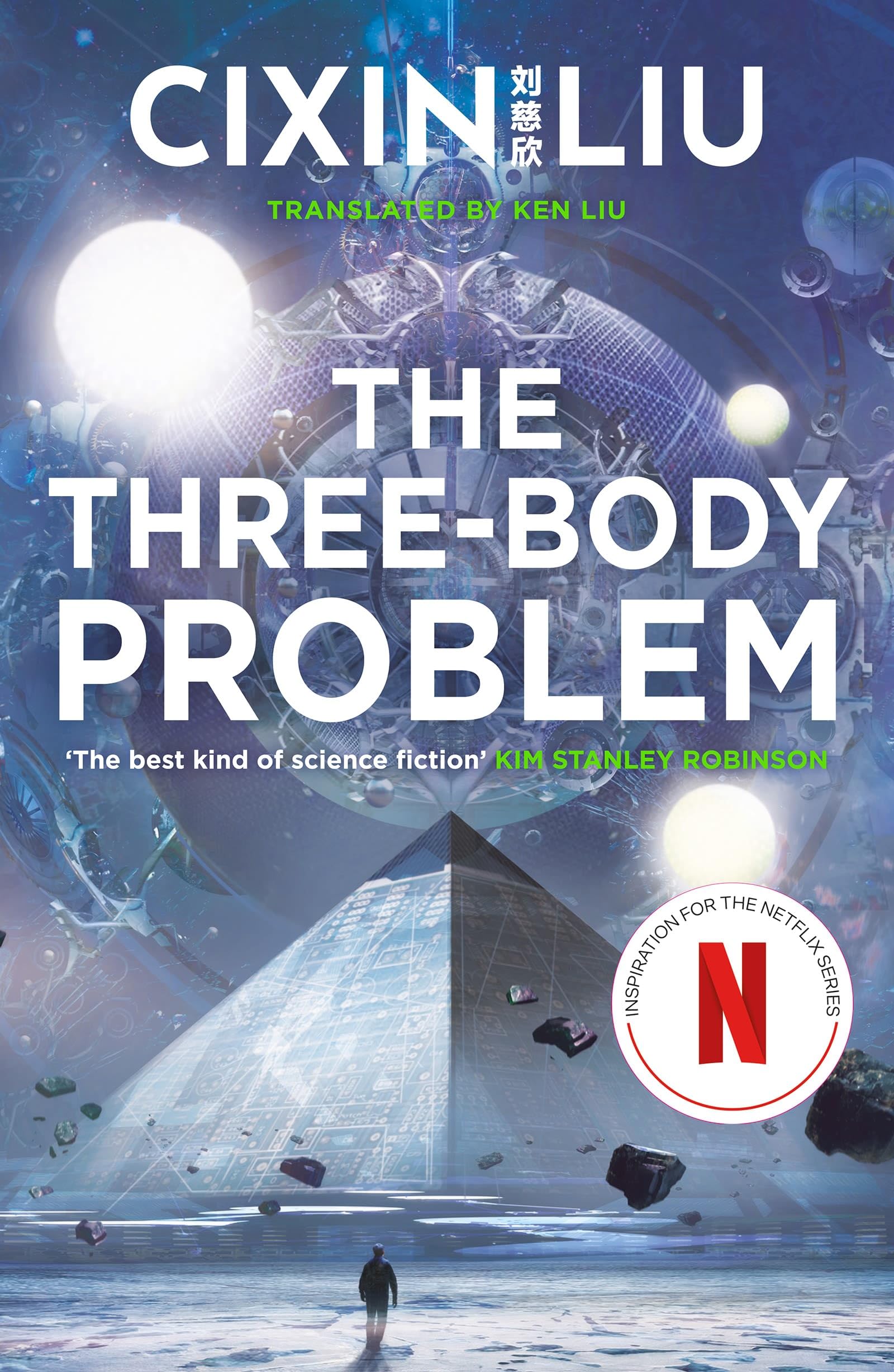Skin in the Game
Some ideas that I liked from the book:
-
Ancient rulers like Assyrian kings led charges wearing 60lbs of iron armor, embodying “soul in the game” (Taleb’s upgrade to skin). Contrast with modern CEOs whose golden parachutes float while companies burn - a 2023 study showed 78% of Fortune 500 leaders had zero personal financial exposure to corporate failures.
-
The book traces how risk asymmetry created fragile systems: medieval lords dining with troops vs. Pentagon officials eating separately from soldiers. Modern equivalent: 2008 bankers’ OPCB (Other People’s Convexity Bets) where profits privatized, losses socialized.
-
Talmudic sages mandated dissenting opinions be recorded verbatim, institutionalizing doubt. Compare to IMF economists prescribing austerity while personally insulated from consequences - modern dogmatists who’ve never smelled bankruptcy’s breath.
-
The “bal tashchit” prohibition against wanton destruction (Deut 20:19) evolved into risk-aware ethics: medieval rabbis forbade speculative investments exceeding 1/3 net worth. Skin in the game made abstract morality concrete - lose your shirt if your financial advice fails.
-
Academic economists who’ve never run a lemonade stand dictating market policies, versus the Venetian merchant system where trade commissioners personally guaranteed state debts with their family fortunes. Taleb’s “megalopsychos” ideal - those whose wisdom scales with their exposure.
-
The book’s term for those who claim to know everything but have never tasted failure. Taleb’s “fragilistas” - those who’ve never smelled bankruptcy’s breath.


